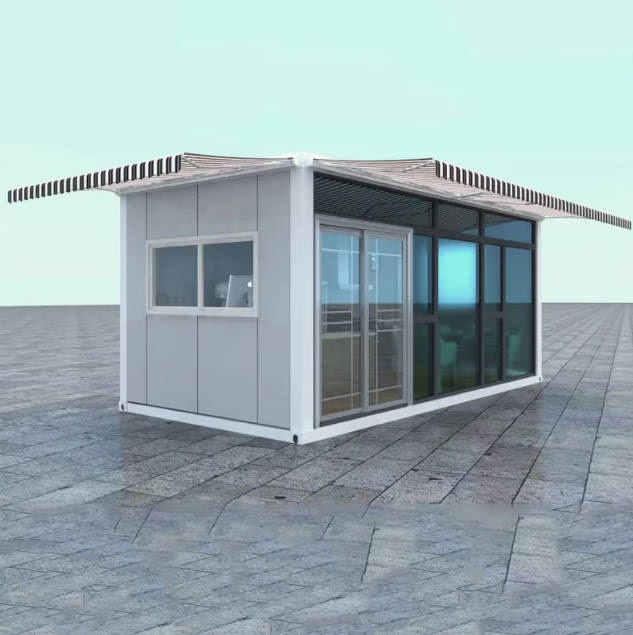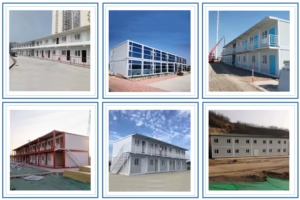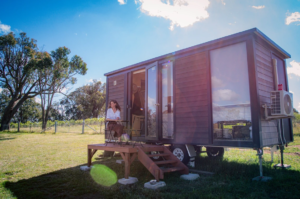As global construction faces rising costs, labor shortages, and growing environmental concerns, Integrated Modular Construction (IMC) is emerging as a transformative solution — redefining how we design, build, and think about buildings.
What Is Integrated Modular Construction?
Integrated Modular Construction involves prefabricating building modules in a factory-controlled environment and then assembling them on-site. Unlike traditional construction, IMC emphasizes the integration of industrial production, digital design, and on-site efficiency to deliver smarter, faster, and more sustainable buildings.
Key Features:
-
High Prefabrication Rate: Most components are manufactured off-site.
-
Faster Delivery: On-site work is minimized to module installation.
-
Flexible & Scalable: Easily relocated, expanded, or repurposed.
-
Eco-Friendly: Reduced waste, noise, and carbon footprint.
Future Trends in Modular Construction
1. Urban Development Becomes More Efficient
As cities densify, modular buildings enable efficient land use, vertical development, and quick deployment — ideal for residential housing, offices, and public spaces.
2. Integration with BIM, AI & Smart Manufacturing
Digital tools like Building Information Modeling (BIM), AI-powered planning, and robotic fabrication are making modular construction more precise and scalable.
3. Green Building and Net-Zero Goals
Modular designs integrate renewable energy, thermal insulation, and smart energy systems — supporting carbon-neutral construction goals and sustainable development.
4. Buildings as Products
With higher standardization, buildings are becoming “products” — ordered, manufactured, and delivered like appliances. Turnkey solutions with SaaS-based management are simplifying the entire construction lifecycle.
Real-World Applications
1. Temporary and Workforce Housing
Widely used for construction sites, mining camps, and disaster relief. Offers rapid deployment and easy disassembly, making it ideal for temporary setups.
2. Tourism and Resort Cabins
Design-forward units like Apple Cabins and A-frame houses are becoming popular for Airbnb rentals, mountain resorts, and eco-retreats — combining style with functionality.
3. Modular Commercial Spaces
Shipping container cafés, pop-up shops, and mobile showrooms offer cost-effective and visually unique business spaces with minimal site work.
4. Public Buildings and Emergency Facilities
Hospitals, schools, and public housing are increasingly adopting modular methods — proven effective especially in emergency scenarios like mobile clinics or quarantine units.
Challenges and Solutions
| Challenge | Solution |
|---|---|
| Transportation limitations | Use foldable or expandable designs |
| Inconsistent regulations | Develop unified modular construction standards |
| Limited public awareness | Promote case studies and demo projects |
| Customization complexity | Apply digital design tools and flexible production lines |
Conclusion
Integrated Modular Construction is not just a construction method — it’s a revolution in how we build. As it evolves alongside digitalization and sustainability, IMC will continue to reshape industries, from housing and hospitality to education and healthcare.
For companies, governments, and developers aiming for efficiency, affordability, and environmental responsibility, modular construction is no longer the future — it’s the present.
✨ Explore our high-quality products – Get a free quote instantly or a personalized custom solution tailored to your needs!
📱 Chat on WhatsApp:+86-13081655379
▶️ Watch product videos on YouTube: WeiFang Carterhouse
Start your order today and enjoy expert support!



